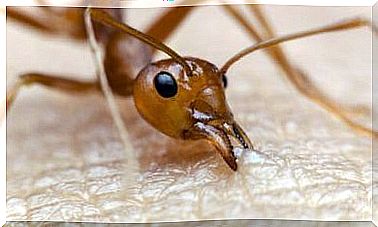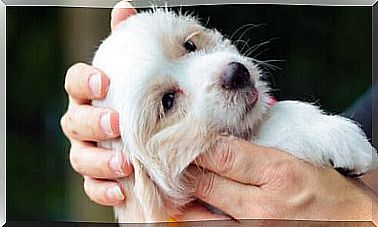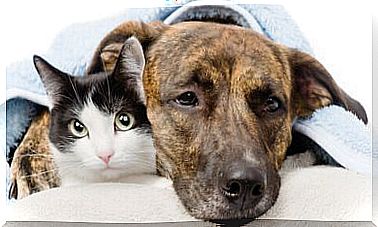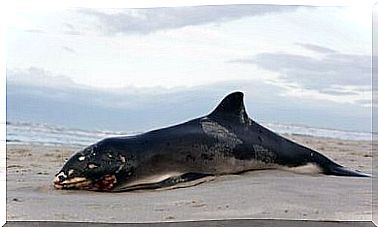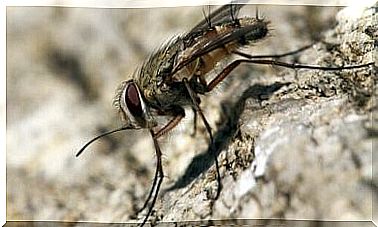The Birth Of The Cat: 6 Dangerous Symptoms
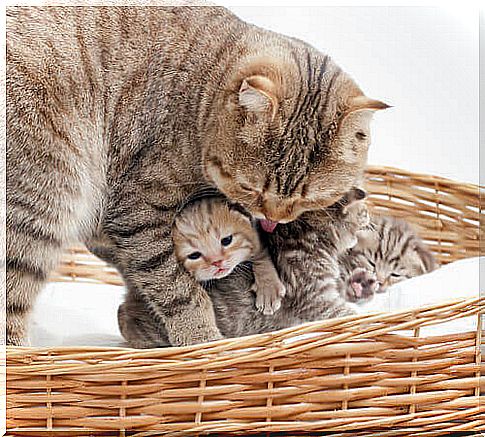
There are several dangerous problems and symptoms that can occur during the birth of the cat: fever, hemorrhages, difficulty or impossibility for the puppies to pass through the uterine canal, etc.
Cats, in general, give birth to their kittens without many complications that endanger their lives or that of their young offspring. However, it is important to recognize symptoms that indicate something abnormal is happening. The most common is related to the size of the puppy. On some occasions, as in the case of Persian cats, it is more difficult to give birth due to the size of the head of their offspring.
Dystocia in the birth of the cat
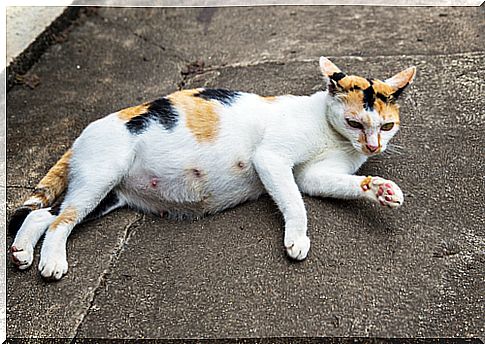
The word dystocia means difficulty or impossibility for the kittens to cross the birth canal of the cat, which is generally the main cause of complications in the birth of feline kittens. Kittens’ size is often the most common reason for this type of problem.
Reasons and complications to visit a veterinary clinic
In the following cases, it is advisable that the cat that is giving birth is taken to the veterinarian:
-
Interruption of the birth of puppies
Every cat has her kittens at different intervals and rhythms. Just as there are females that can give birth to the first offspring and then take two hours to have the second, there are others that give birth consecutively, one after the other.
It is important to keep in mind that a sudden break in childbirth with an interval of more than four hours between the birth of a puppy and another is a clear sign that something is wrong.
The cases in which the cat is unable to expel her kittens through her vaginal canal are exceptions, but when they do occur, it is likely that the female will need a caesarean section or help from the veterinarian to extract the kittens.
-
Appearance of a dark colored liquid at the birth of the cat
When a brownish liquid with a putrefying odor appears after delivery, it is a clear indication that she may have an infection in the uterus or that a pup has remained dead inside her uterine cavity.
A visit to the veterinarian is mandatory in these cases, especially if the amount of flow does not decrease over the next few days and an unpleasant appearance remains.
-
Fever in the cat during childbirth
If the feline female has a fever during the birth of her puppies, it could be a sign that she is suffering from some type of infection and therefore she should be taken to the vet. If the kittens’ birth takes a long time to happen, the birth canal will be exposed to infections, like an open wound, which will cause fever. In addition, if she miscarries her kittens, an infection can originate in the cat’s uterus.
-
mother’s attitude
The behavior of the cat during the birth is a sign that indicates whether the birth of the kittens is going well or not. If the animal is inactive, decayed or even asleep, it can be an indication that it is sick, that is, that it has some illness due to problems, such as internal bleeding or maybe it is exhausted. Therefore, she will need help to bring her puppies into the world.
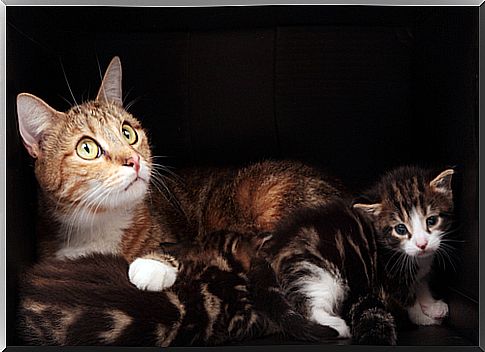
-
Bleeding during childbirth
During childbirth, cats release a fluid from the placenta, just as other female mammals do. However, if this fluid contains abundant blood, with an intense color, it is necessary to go to a veterinarian: it could be a symptom of problems, such as a ruptured uterus.
-
ultrasound
It is important to perform an ultrasound on the pregnant cat to know the number of kittens she is carrying in her uterus and to prevent any of them from remaining dead unborn.
a healthy animal
A cat that arrives at the time of birth healthy and with an adequate weight will be likely to have puppies in good condition and to go through this process without problems. Excess fat will cause difficulties for the kittens to leave the uterine canal, so it is convenient that she is not overweight at the time she becomes pregnant, during pregnancy and much less at the birth of her children.



